The Urban Transformation of Copenhagen
Video Transcript:
Hi, I'm Mitchell Rocheleau. I'm an Architect searching the world to learn more about the buildings and environments humans have created from the modern era to prehistory. I believe that our buildings reflect the culture and context of the people who built them and can reveal fundamental insights about ourselves. Using architecture as our lens, we can learn more about who we are and where we come from. With this knowledge, we can build environments for our future that will facilitate our thriving and vitality.
Copenhagen
The city of Copenhagen embodies a distinct vision of urban life, and its inhabitants seem to thrive in this environment. It became clear after visiting the city that a high degree of thought and care had gone into its design, and there was a commitment to offer its people a high-quality lifestyle.
I began searching for the formula for its success. Copenhagen seems to know something about how to live together and what life should look like in an urban environment that we may be overlooking in the US.
I began engaging closely with the city and speaking with locals about their lifestyle and how they lived in their town. I wanted to see the good, the bad, and the ugly. I walked through the city streets, plazas, canals, harbors, and its many different districts. I wanted to learn something from the city and use its wisdom to help design buildings and cities for the future, ones that promote vitality, connection, freedom, and a happier lifestyle.
Revitalizing a City
In the early 1960s, like many cities worldwide, Copenhagen began carving out spaces for the automobile by building streets, highways, and parking inside of the city. A group of architects and urban designers predicted the detrimental impacts this could have on the form and life of their town. When the city began to fall into economic decline, the local government showed receptivity to the Architects' ideas and began taking action to revitalize different areas of the city. At the core of their thesis was the idea that by prioritizing automobiles, the town was becoming dehumanized, losing its public spaces, pedestrian-friendly streets, and ability to facilitate human interaction. They believed that the automobile was jeopardizing the city's social and cultural fabric and effectively squeezing the life out of the city.
The local government started investing resources and taking risks to limit automobiles strategically. Over the next few decades, they took back many streets, boulevards, and plazas. A revitalization of the city had begun.
Car Traffic
When the minimization of the automobile emerged as a primary goal, many were skeptical. People were concerned about the effects of closing streets and parking. They believed it would negatively affect the economy and increase traffic in other areas of the city. They worried it would stunt the city's growth relative to other developing cities of the time, as many of those cities welcomed the automobile with open arms.
Copenhagen remained steadfast in their commitment to the philosophy. Over time, they discovered that many of their concerns did not come to fruition. In fact, the opposite occurred. Their economy rebounded, and the city's culture flourished.
Studies of other cities later showed that more cars would come when more cars were invited. When cities attempt to relieve traffic by building more roads and parking spaces, the traffic does not lessen. Instead, those additional roads just become filled with more traffic. After Copenhagen closed its roads, the automobile congestion of the remaining streets did not become over-congested. The people adapted by utilizing other forms of transit, such as walking and bicycling.
Walkability
Copenhagen re-established a network of walking pathways and pedestrian bridges all over the city. It was critical for the designers that these were as unobstructed as possible, allowing a comfortable flow of people without having excessive stops or obstacles.
Implementing more pedestrian and bike paths throughout a city should be compared to the cost of constructing automobile infrastructure. We must also consider the downstream effects of more people walking and biking in the city. This will help curb the rising healthcare costs, especially in America. With more people walking, socializing, and spending time outdoors, a more stable and sustainable population will emerge.
One of Copenhagen's most prominent streets, Strøget, was converted from an automobile-accessible street to a fully pedestrian promenade in 1962. From 1962 to 2005, the city area dedicated to pedestrians and public spaces grew about sevenfold.
Various social events, interactions, exchanges of ideas, and building of relationships can naturally occur when people are out walking in the city. People inherently want to be where other people are. A deep desire to connect with other humans is satisfied when we see others walking about, healthy and engaging in public life. When we improve people's ability to walk around the city, we strengthen that internal fabric of city life.
Bike Transport
In tandem with the installation of pedestrian pathways, the goal was to create a network of bicycle paths allowing people to travel across the city safely and comfortably on a bike. The way the city prioritized bikes is impressive. Many streets have a dedicated bike lane on a separate elevation slightly above that of the street and are separated by curbs from the sidewalk and automobile path. There are also individual, smaller bike traffic lights with lower wait times than the automobile lights. The bike paths are generous and clear, with many of them painted blue at traffic crossings to reduce confusion and accidents. Today, biking is the primary means of transport in Copenhagen. It is faster and less expensive than all the other options.
Public Spaces and Amenities
Copenhagen offers a wide range of communal public spaces. I walked through many of these and saw several common characteristics they shared. They were inviting to use, they felt safe, and were well-scaled and proportioned. They were oriented or faced towards key features such as the harbor, landscape elements, or public art. They created a space through outdoor furniture or building edges. Many were cozy, well-lit, and quiet. They had tactile materials that felt at home or comfortable in their surroundings.
Many of these spaces were created with what seemed to be minimal investment. Small groupings of urban furniture, planted pots, umbrellas, and screens were some of the elements used to create these amazing outdoor comfortable public spaces. These small details can drastically change an urban space's usability and desirability.
Human Scale Eye Level Experience
In Copenhagen, the human experience at eye level, where most buildings meet the ground, has been thoughtfully curated and designed. The visual and physical experience of walking on the sidewalks is pleasurable and stimulating.
Walking through the city stimulates and evokes a variety of senses. The storefronts of shops, cafes, restaurants, and many other building types open to the street, and they invite people and pedestrians to look into their spaces to witness the life inside. The building facades at eye level are varied, with very few monolithic spans of large surfaces. The pedestrian is offered a consistent theater of urban life as they walk down the various streets and promenades in the city. This is very different compared to many of the modern U.S cities where our streets are lined with massive monolithic building facades at street level that are uninviting and almost unnerving.
The Harbor
The Harbor lies at the center of the city. It is the organizing element that gives Copenhagen its principal form and identity. It was the economic driver that helped the city develop its shipping industry and its most significant natural resource. It is the aesthetic focal point for many buildings, public spaces, and recreational areas. Its canals and bridges create unique and memorable places of the city that make up the composition of many people's images of the town.
The harbor bathing pools are one of the many notable examples of the city's clever and playful use of its natural resources. Wooden pathways on piers peel off the harbor's edge to create internally protected swimming pools for the public to bathe, swim laps, and sunbathe. They are a gentle nod to the city's interest in public health, allowing people to exercise or enjoy the benefits of cold-water exposure and outdoor sunlight and exercise.
Without the harbor, Copenhagen would not be what it is today. Like many cities worldwide, the body of water is inseparable from the city and profoundly embedded in its culture, industry, and identity.
Old and New
The Architects and designers who have contributed to Copenhagen's new developments have thoughtfully integrated new architecture into the city's historic fabric. Many newer developments utilize materials that give a nod to the historic buildings. However, the materials are implemented in a contemporary, skillful, and clever way. For example, they utilize bricks similar to the historical buildings; however, the pattern or formation in which they may be used is executed in a new contemporary way. Corten steel was used on many surfaces to celebrate the clean lines of modern architecture while simultaneously suggesting a feeling of agedness and raw materiality consistent with the rest of the city and its industrial past.
Smooth granite pavers are installed within the courses of cobble along the foot and bike paths to allow pedestrians and bikers to walk or ride more efficiently and more comfortably. The old cobble paths can be challenging to walk and run on and bike on due to the stones' uneven and highly irregular surface.
Summary
We can learn a lot from Copenhagen. At the core of the city are its people. As simple as this seems, many cities all over the world seem to have lost sight of this. Over centuries in Copenhagen, it’s been a place where people can engage with each other, they can trade, exchange news, entertain each other, and build new relationships. People can walk everywhere in the city, and as a result, the tightly woven cultural fabric, connectivity, and close relationships to the city has been created. These elements served as the foundation to build a thriving Community.
Cities worldwide, such as Copenhagen, Melbourne, and New York, are now recognizing the positive effects of reprioritizing and designing around human experience. They are seeing rises in physical and mental health, along with growing economies. As we design our cities for the future and renovate our current cities, we need to take note of Copenhagen's successes.








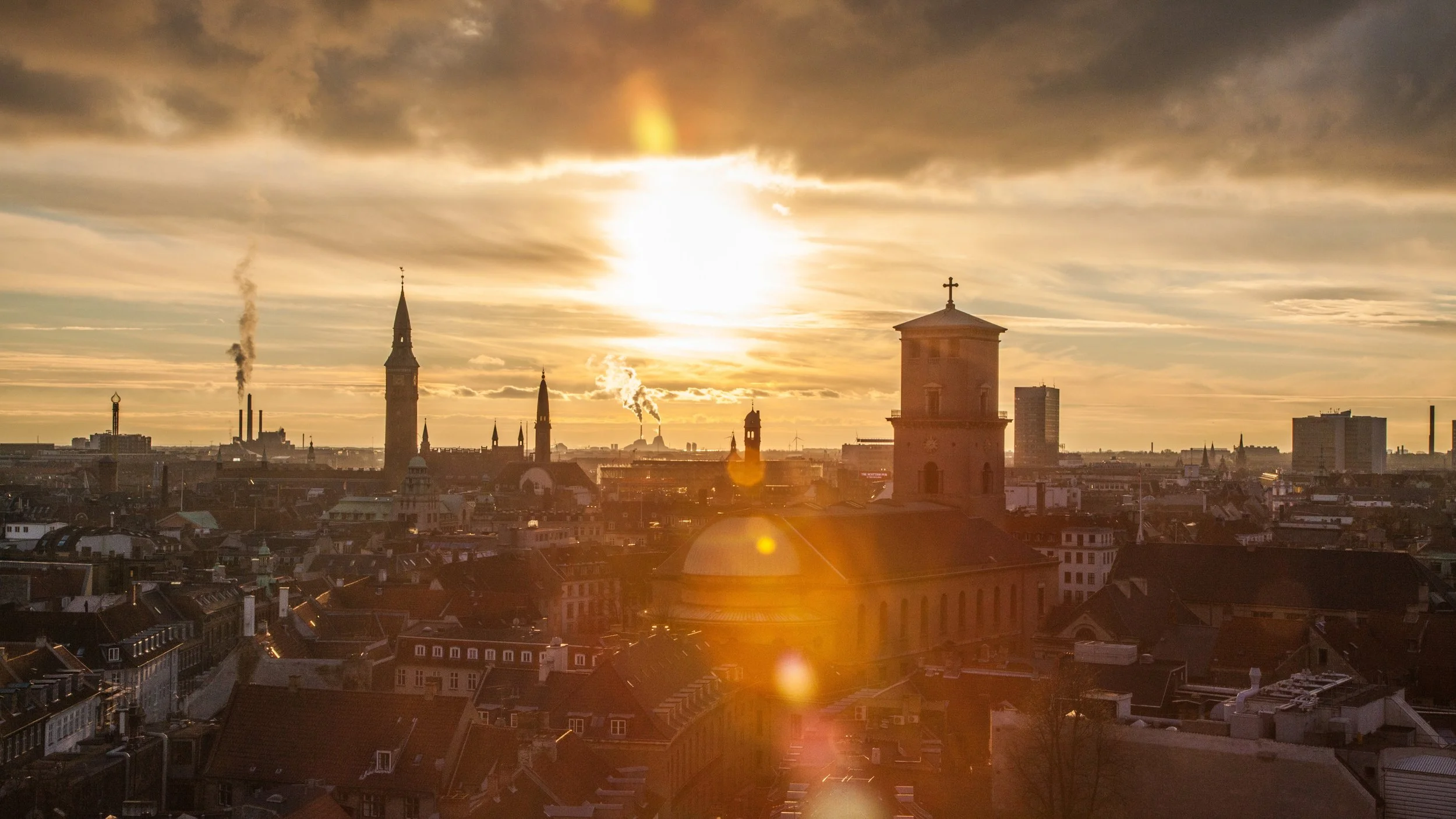



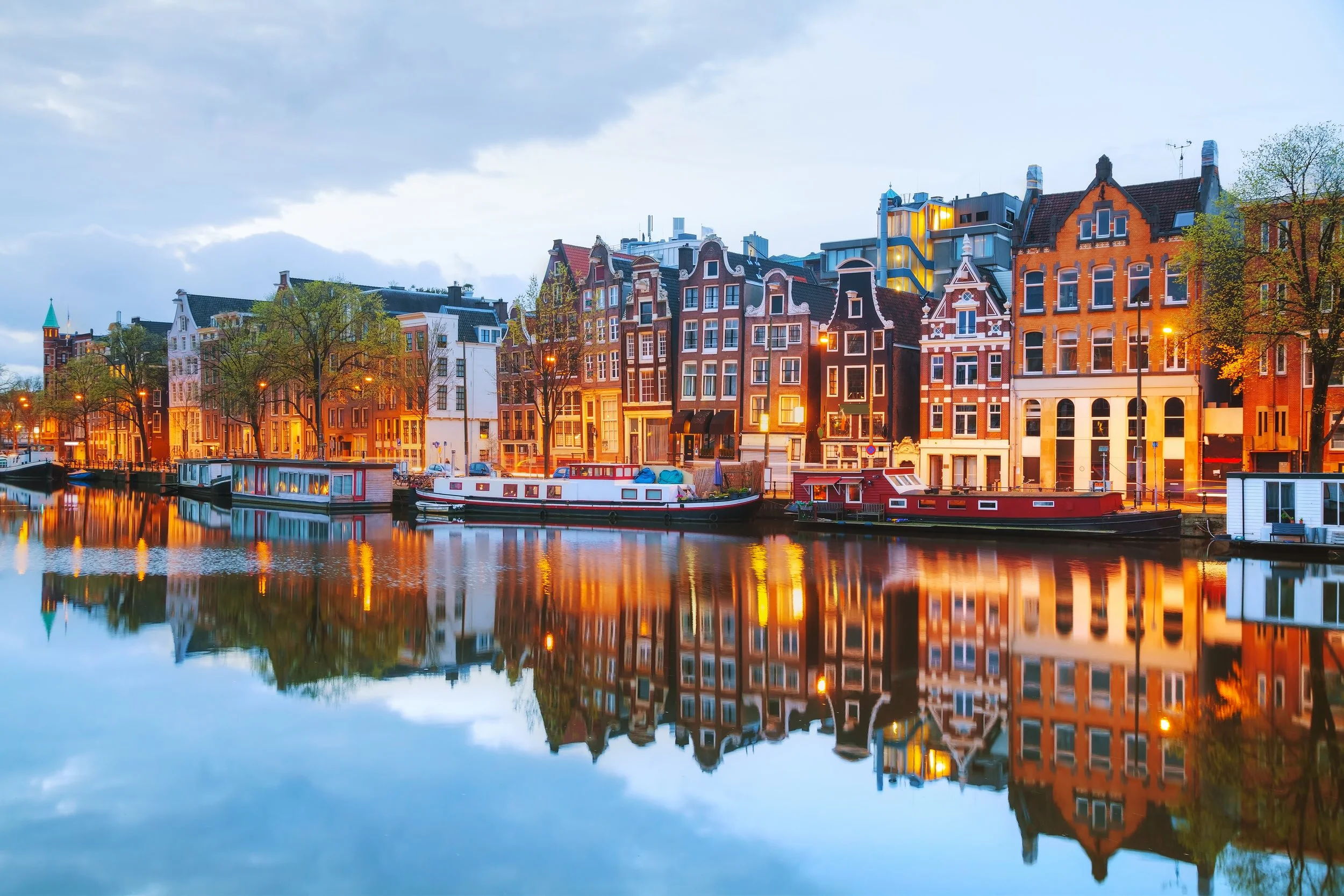
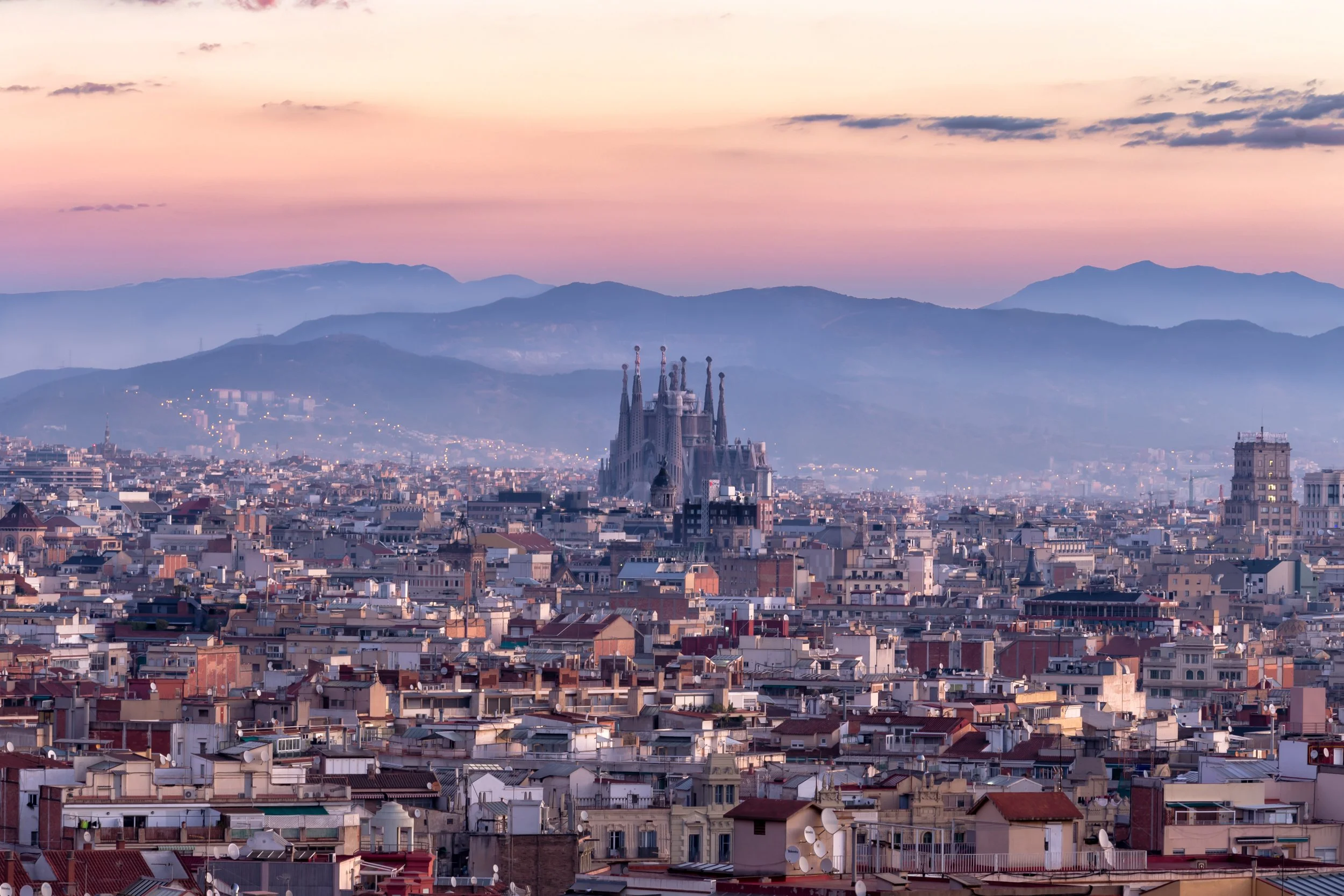
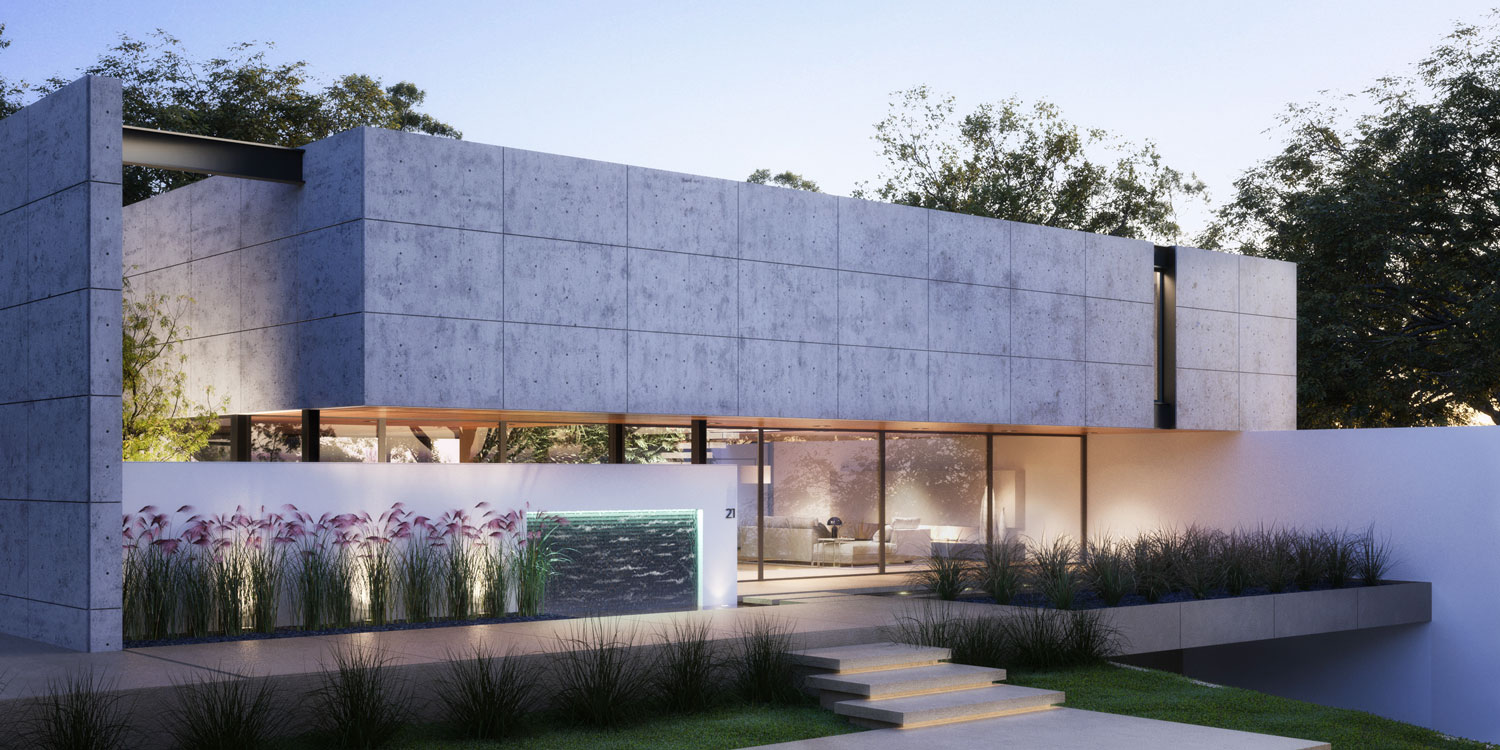

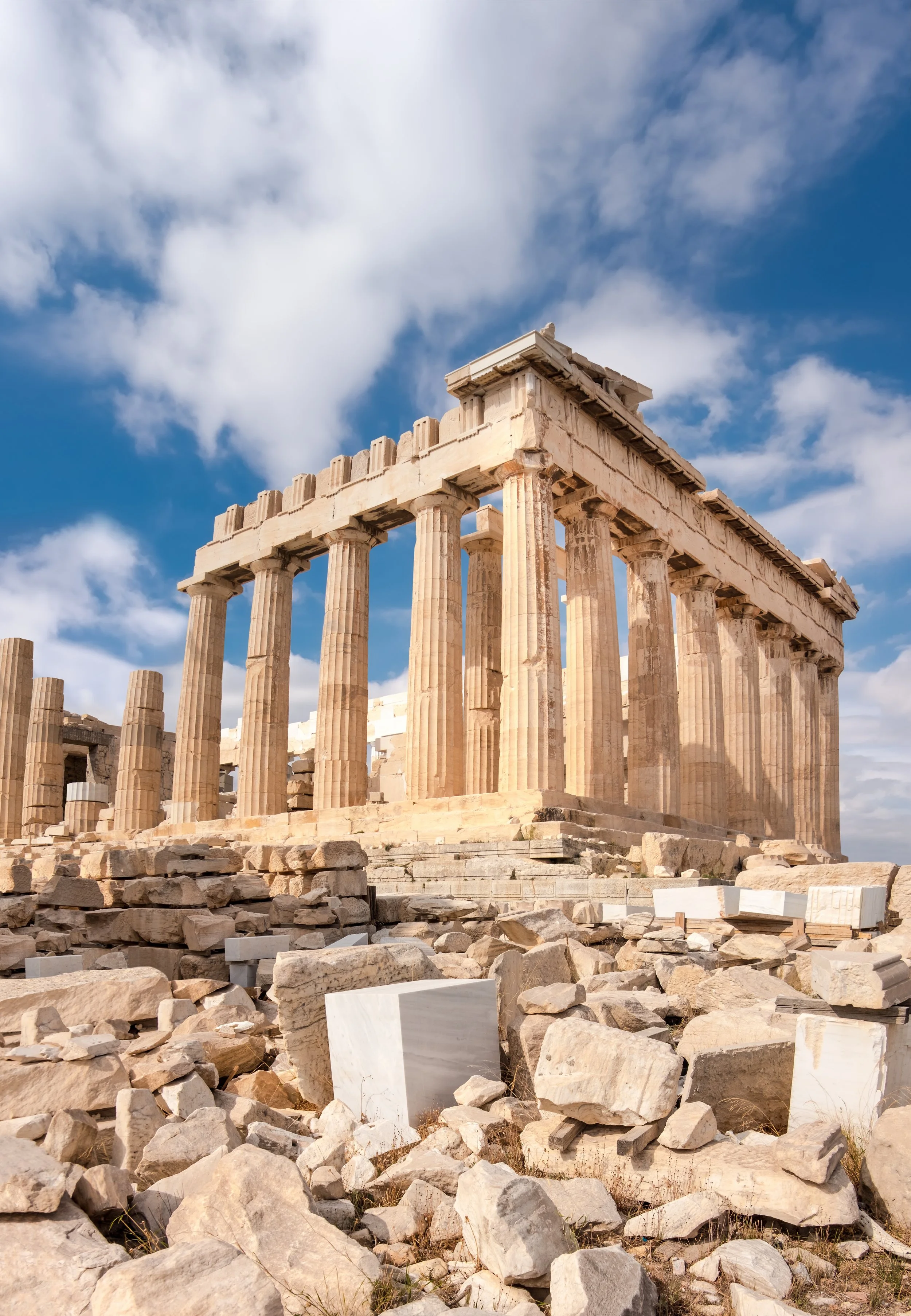





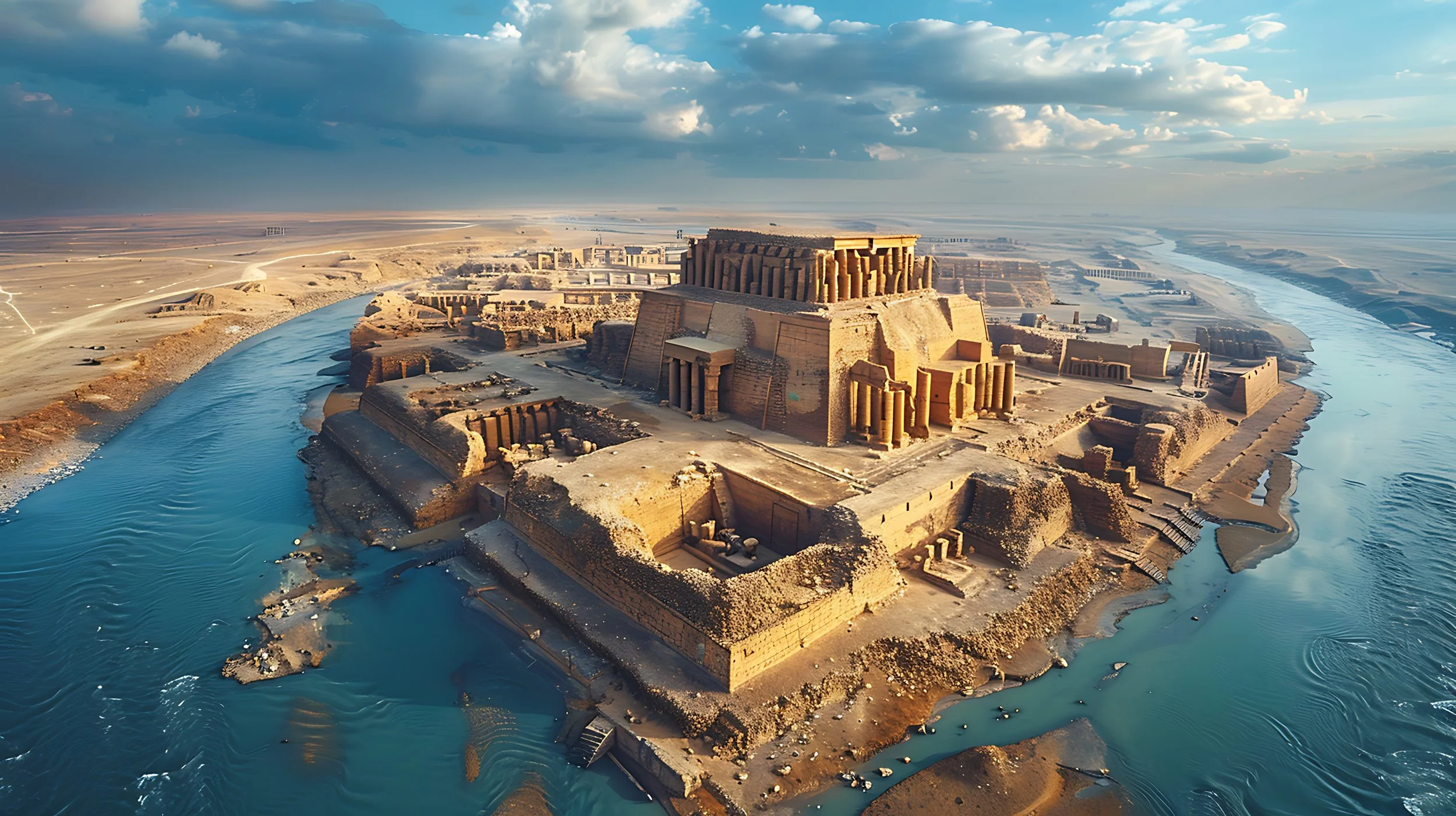








Notre Dame Cathedral had the power to embed itself into more than just the cityscape. It made its way into the hearts of the people of Paris. When the Cathedral was engulfed in flames on April 15th, 2019, we were reminded that the architecture around us impacts our lives beyond functionality. Principal and Architect of ROST Architects, Mitchell Rocheleau, discusses the history, architecture, and the architectural power of Notre Dame Cathedral.